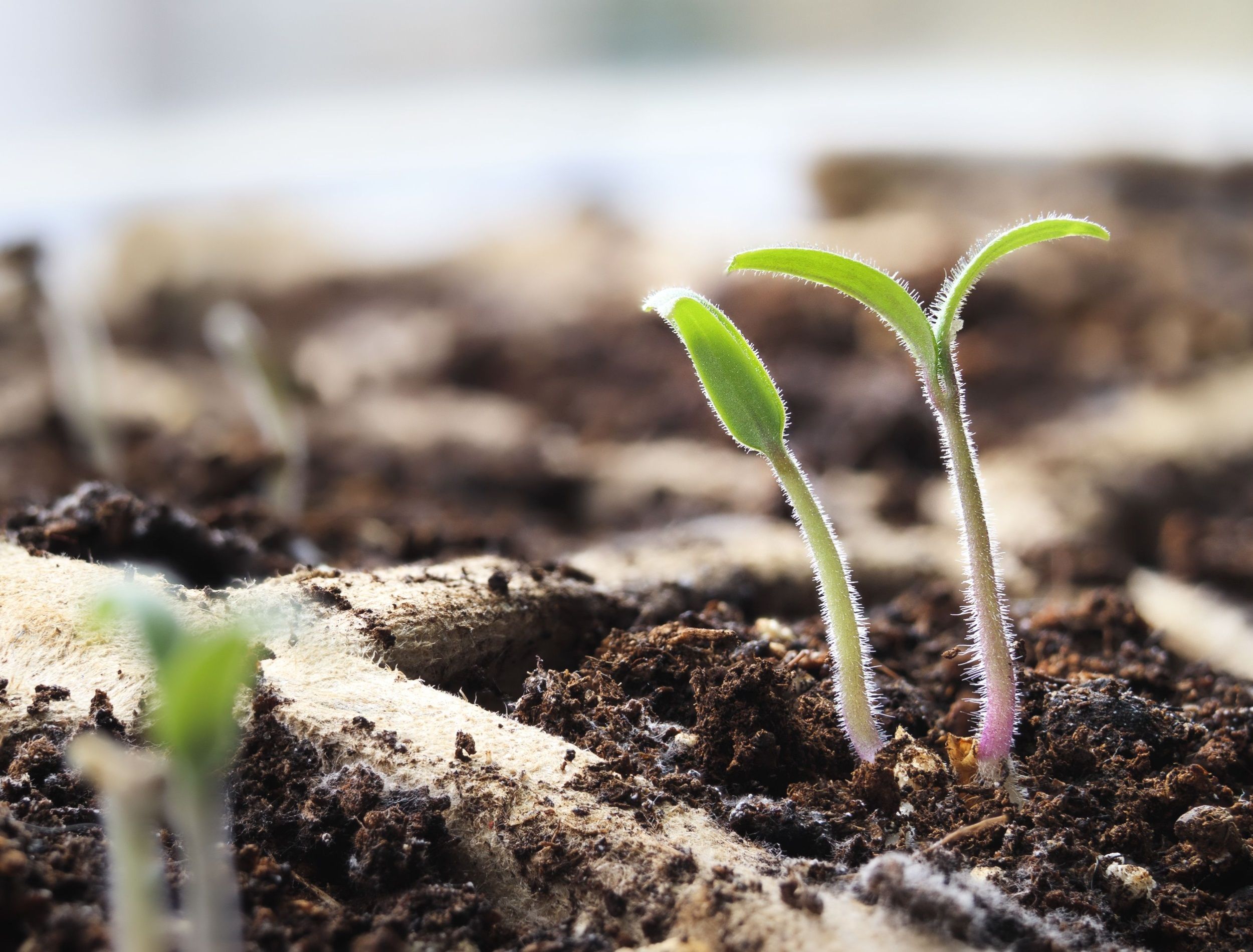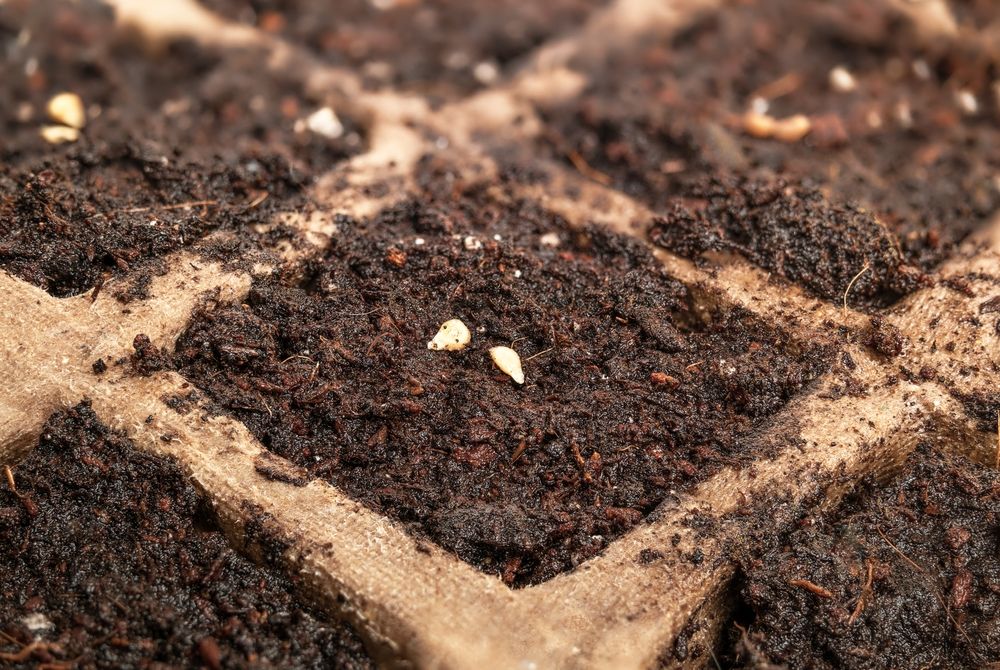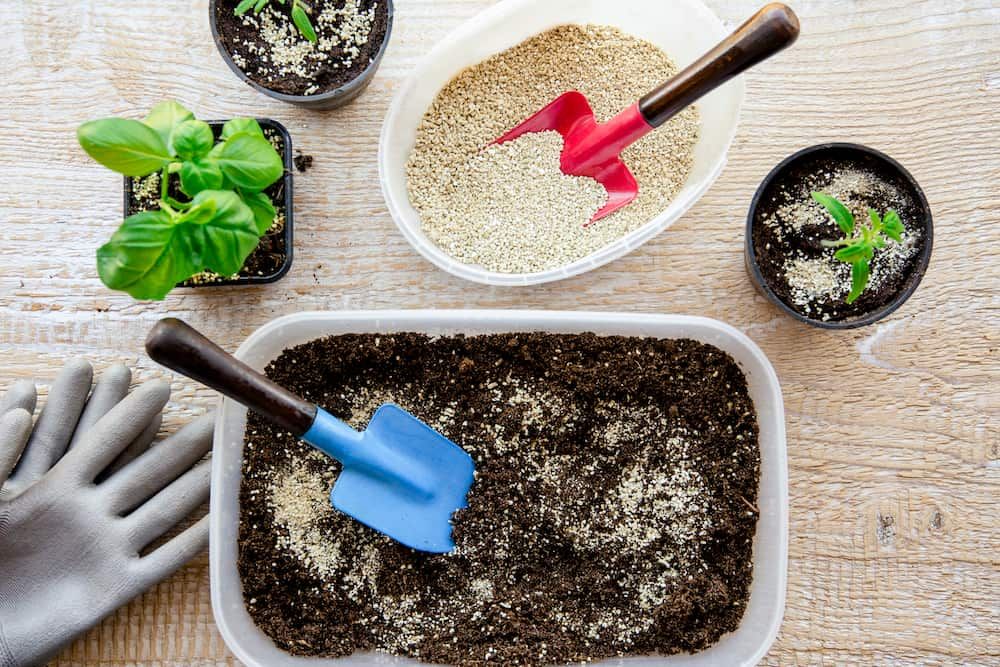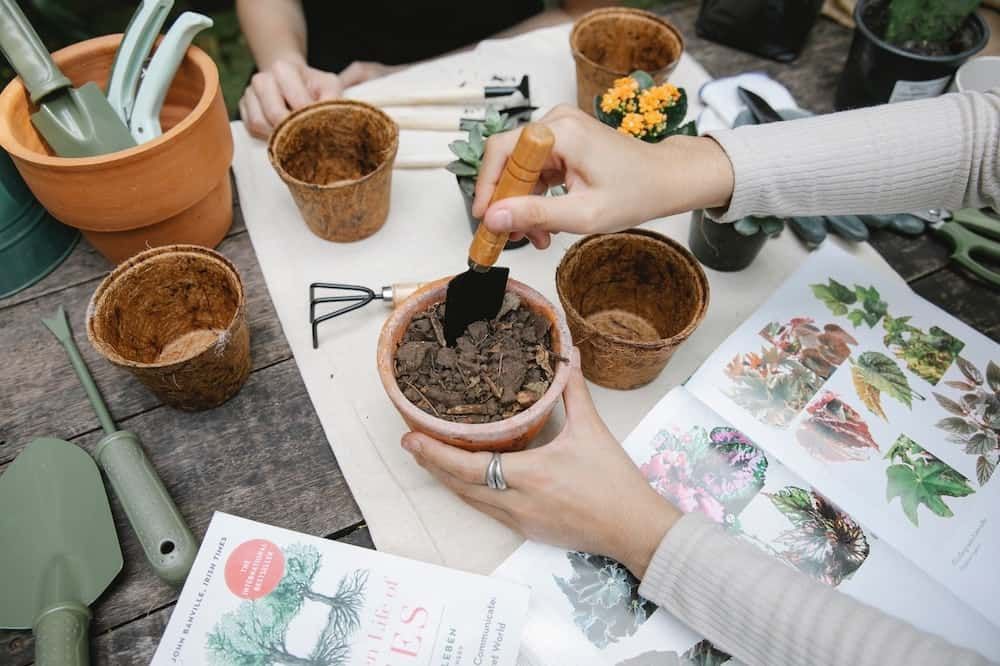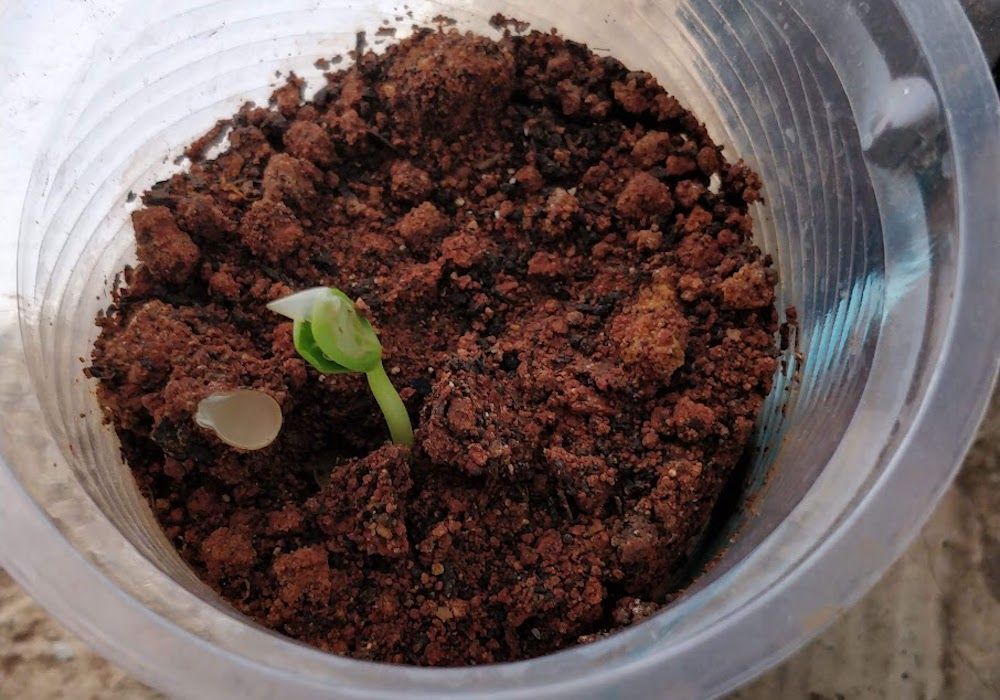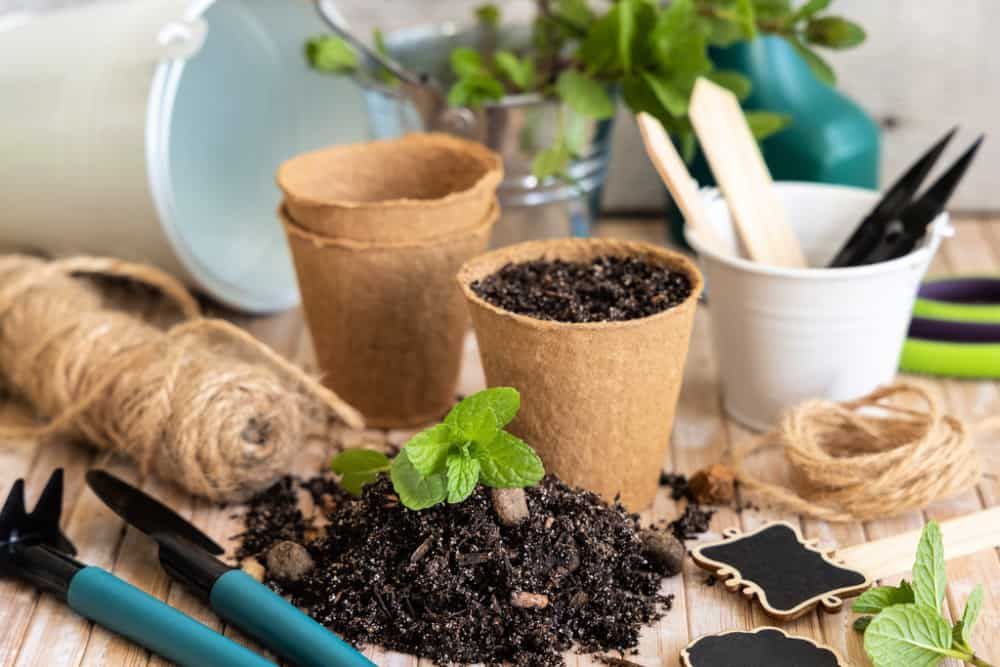Gardening is a great way to reconnect with nature, have fresh food in your backyard, and destress by treating it as a hobby. Growing your own food or decorating your yard and home with beautiful homegrown flowers can be quite rewarding. However, all gardeners agree that soil greatly affects your plant's health and lifespan. Then again, with soil comes great soil varieties.
Potting soil, potting mix, garden soil, topsoil, seed-starting mixes... the list is endless! While you can use different soils for germinating seeds, using a seed-starting mix will yield better results. Learning to make your own homemade seed starting mix is more budget-friendly and rewarding. Keep reading to get started.
What is a Seed Starting Mix?
Image credits: sophiecat via Shutterstock
A seed-starting mix is a lightweight soilless growing medium that promotes good aeration and water drainage. The airy mixture helps seeds germinate without the risk of soil compaction. These mixes contain peat moss or coco coir, perlite, and vermiculite.
While some brands add slow-release fertilizers, most mixes don't have fertilizers. This is because seeds contain all the nutrients they need for the first few weeks until germination.
Ideal Ingredients
Image credits: FotoHelin via Shutterstock
There are three primary elements to every seed starting mix:
|
Peat Moss / Coco Coir |
They are extremely helpful when it comes to water retention. Peat moss is the less popular option due to its environmental implications. Coco coir is a resilient natural fiber that is an excellent alternative to peat moss. |
|
Perlite |
Perlite and vermiculite are both inorganic materials that promote soil drainage and aeration, which is crucial for the seeds to germinate and grow. |
|
Vermiculite |
Rich in potassium, magnesium, and small amounts of calcium, it releases slowly in the seed-starting mix. |
|
Compost |
This applies only when you don’t plan to repot your seedlings after germinating. A small amount of compost will give your seeds the necessary nutrients after germinating. |
|
Lime / Greensand |
Only some brands add these ingredients to their mix. Lime neutralizes acidity from the peat moss and greensand will add beneficial ocean minerals to the mix. |
Create Your Mix
Image credits: Gary Barnes via Pexels
Except for the ingredients you plan on using for your seed starting mix, you will need the following:
|
A big piece of tarp or a container for mixing (could be a bucket, a wheelbarrow, a basin, or a tray) |
|
Hand trowel or a shovel |
|
Measuring container |
|
Garden hose or a large bucket of water |
Depending on the seeds you are trying to start, you can use one of the recipes below. Make sure you do research on your specific plant to make sure you provide the best option possible.
1. Seed Starter for Dryer Climates
Ingredients
|
8 parts |
Coir (or peat moss) |
|
1 part |
Vermiculite |
|
1 part |
Perlite |
|
¼ teaspoon |
Lime per gallon (only if using peat moss so you can neutralize the pH) |
Method
Put the coco coir into the mixing container, add water and let it soak. After it's nice and damp, add all the other ingredients and mix them with a hand trowel. Fill the seed starting trays with this mixture and plant away!
2. Basic Seed Starter Mix
Ingredients
|
4 parts |
Compost |
|
1 part |
Vermiculite |
|
1 part |
Perlite |
|
2 parts |
Coir |
Method
First, put each ingredient in a separate container and moisten them lightly. This is because if you go ahead and mix them without moistening them, there’ll be a lot of dust.
After dampening them, put them into a large container and mix them thoroughly using your hands, a hand trowel, or a shovel.
Finally, put the mix into the seed starting trays and gently push down on it so it slightly compacts before planting your seed. Store your leftover mix in airtight containers for future use.
Do You Always Need a Seed Starting Mix?
Image Credit: Lakeisha Ethans for Backyard Boss
Sometimes just plopping the seeds into a pot full of organic potting soil will work out, but the results won't be as impressive as the ones you'd get when you use a seed-starting mix. With a mix containing soil, you'll have the added risk of fungi and mold, which is barely a threat when it comes to the soilless mix. Also, since a soilless mix is lighter and finer, seeds can easily form roots after germinating.
Seed Starting Mix and Normal Potting Mix: The Difference
Image credits: Katrinshine via Shutterstock
Apart from the apparent lack of soil in the seed starting mix, there’s also a lack of any fertilizer and, sometimes, compost. Although some brands add fertilizer to seed-starting mixes, pick ones that don't contain fertilizers. Fertilizers are salts that can hinder your seedling's ability to absorb moisture and nutrients from the soil.
Too much fertilizers or concentrated amounts can cause seedling burn, too. Compost, on the other hand, adds density to your soil. Add it to a seed-starting mix only if you don't plan to repot or transplant your seedlings soon after germination. Compost can make the mix heavy, suffocating your seeds and often not allowing them to germinate.
Please Be Seeded!
Making your own seed-starting mix can be messy, but it is a great way to limit spending and ensure that your seeds receive what they need. Not only can you experiment and add and remove different ingredients, but you can also store the leftovers for later use without worry.
If it turns out that your soil drainage is a little too much, you should add vermiculite. If, on the other hand, retention is an issue, you should go for perlite. These are the two main ways to amend your mix according to your plant’s needs. Homemade seed starting mixes are easy to make and are budget-friendly. This is why more and more gardeners turn to DIY mixes as time goes by.
Leave your experiences, thoughts, and questions in the comment section, and as always, please share!
Happy Gardening!

